Ghosts, monsters and mental health struggles: Star Wars writer Ethan Sacks on his most personal story yet
Father and daughter team up for A Haunted Girl, coming this October from Image Comics
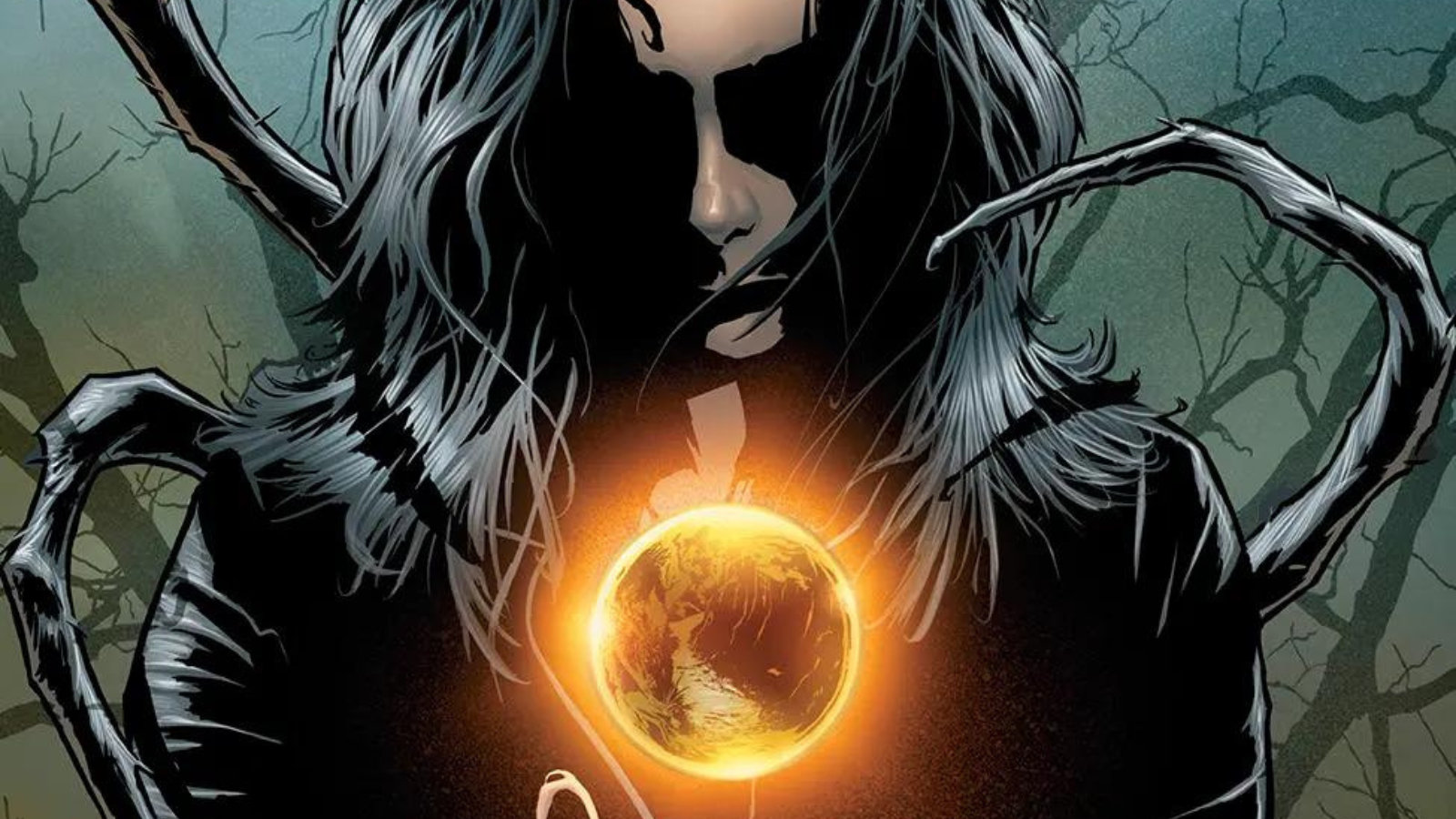
Most people reading this newsletter will know journalist and writer Ethan Sacks for his outstanding Star Wars work including Marvel’s wonderful Bounty Hunters series. But recently I had the honour of reading Ethan’s latest book, A Haunted Girl, due to be published by Image Comics’ Syzygy imprint in October.
A Haunted Girl is a beautiful comic in every sense of the word. The art. The characters. The emotion. Co-written with Ethan’s daughter Naomi, the creepy yet touching mini-series is a painfully personal story brought to life by Marco Lorezana’s stunning art.
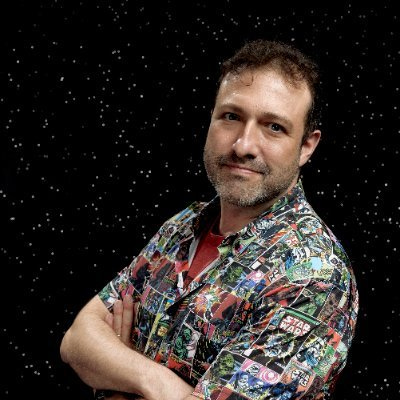
Knowing the story that led to the comic being written, I wanted to invite Ethan to tell you more about a very different kind of supernatural thriller and the heartbreaking events that inspired it.
I started by asking Ethan to describe the comic…
A Haunted Girl is a four-issue mini-series from Syzygy/Image that debuts on October 11, and it tells a story of a 16-year-old girl who is battling with depression and suicidality, struggling to get back to some semblance of normalcy at school after being hospitalized. If that wasn't enough, she suddenly finds herself in the middle of a supernatural apocalypse. The tagline sums it up: "The fate of all life on Earth depends on a girl who doesn’t know if she wants to live."
There's also an important story behind the story: I came up with the initial idea four years ago when my own daughter was hospitalized with similar mental health struggles. Feeling powerless and scared, I came up with an idea of a story that I hoped would inspire my kid and others like her. Four years later, Naomi is in a place where she could help write it, making it that much more authentic and powerful. We teamed with the American Foundation for Suicide Prevention, which provided us with a resource guide for the back of each issue.
And the story is also a thrill ride that looks good. The art, equal parts terrifying and moving, comes courtesy of co-creator Marco Lorenzana, colourist Andres Mossa and letterer Jaime Martinez. The first issue alone has covers by Joe Quesada, Fico Ossio, Ryusei Yamada, and Jeff Edwards, with more heavyweights contributing to future issues.
I’m always interested in how writers use their creations to help them cope with the real world. In this instance, it was a way to process a situation you had little control over. How did it help in the early days of your daughter’s recovery?
Having a goal of making a difference by telling the story that would ultimately become A Haunted Girl gave me something to aspire to during the rough patches. The story itself kept evolving as my family's experiences kept changing over time, as we kept learning and adapting. So, it didn't so much help me process the situation, but rather put what I had already processed down on paper. Especially once Naomi became involved. It did, however, help me overcome the feeling of powerlessness that comes from watching your child struggle and not being able to do anything in the moment to ease that pain.
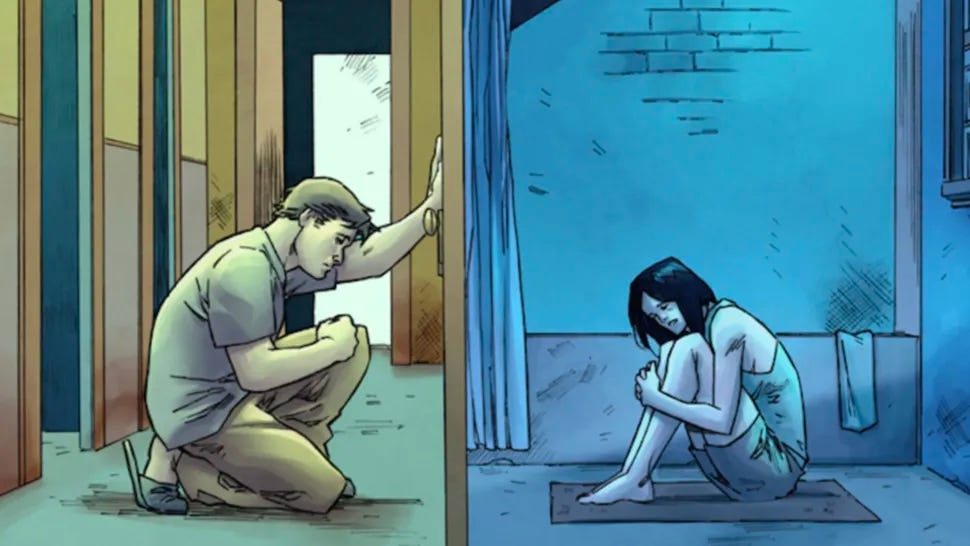
How did Naomi's involvement come about? Was it something you instigated or a project she asked to be a part of?
I approached Naomi to potentially join late last year as we were circling a publishing deal that ultimately fell through. By then, I had seen her condition improve to the point where I thought she could potentially co-write this series with me without a worry that it would be triggering. But my main worry was whether or not she was ready to go so public with such private pain. Once that Pandora's box opened, there would be no going back. It would be the first thing that came up when you Googled her name. She had to really, really believe to the depths of her heart in what we were trying to do: Reach people who could be inspired by this story. We had some frank talks, and she took to it eagerly.
“There is nothing quite like working together with your child on a passion project and seeing it go out in the world.”
Ethan Sacks
From a story standpoint, it's made all the difference in the world. The story is more authentic, down to the details of what therapy sessions and hospitalization felt like, and the dialogue of the teen characters feels like it was written by an actual teen. If I had done it myself, I worried that it would feel like I was trapped in that Steve Buscemi "How's it going fellow kids?" meme. That authenticity helped us land the deal we did from Syzygy to get this message out there into the world.
And creating something with your daughter has to be pretty special, right? That's some serious father / daughter time right there!
Special for me, though I would guess she would be a little less enthused given my strictness regarding deadlines. Seriously, though, there is nothing quite like working together with your child on a passion project and seeing it go out in the world.
OK, I need to talk about the monsters, because, well, I always need to talk about monsters!
The monsters had to be scary enough to evoke the terror of the real-life experience of battling depression and anxiety. Otherwise it wouldn't feel cathartic for Cleo to go through her hero's journey (spoiler alert). Since I was originally writing "for" my daughter, I wanted the horror aesthetic to really tap into the creepiness of Japanese ghost movies, as she gravitates towards that culture. (My wife, her mom, is Japanese.) That appealed to both Marco as an artist and to me as a writer as well as we are both big horror cinema fans. His take on the jorogumo, a spider creature from Japanese mythos, has to be viewed through one's fingers.
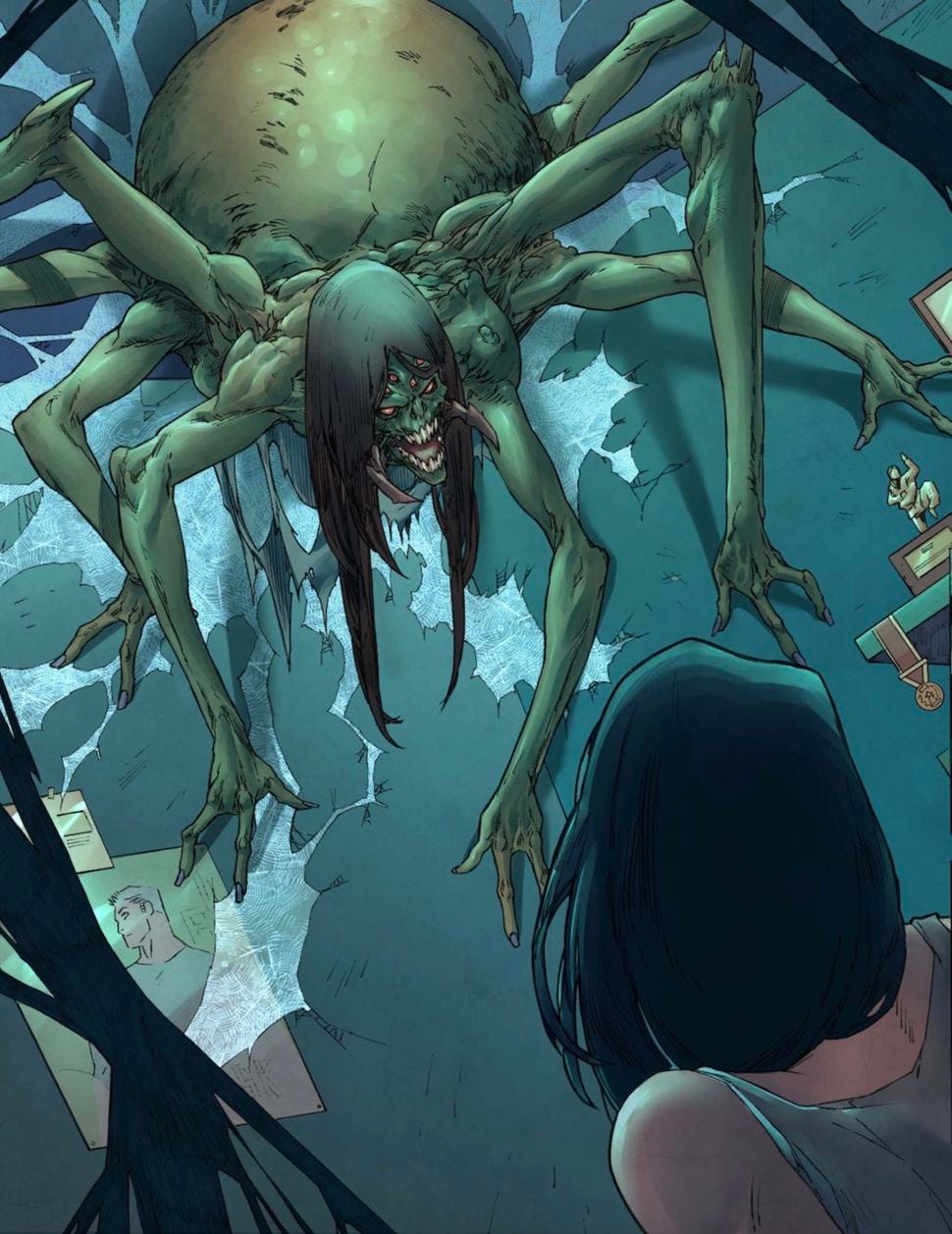
A lot of sketches and design work by Marco went into designing some of the ghosts across the four issues -- including my favourite, a zombie deer! And colourist Andres Mossa spent a lot of time working on the ghoulish greens and bloody reds to make the images pop.
There need to be more zombie deer in comics if you ask me. In fact, zombie animals of all shapes and sizes.
This is how I perish, isn’t it? Eaten by a zombie squirrel.
Nibbled to death very, very slowly while you gush about how cute the little zombie bugger is.
But look at its tail, Ethan. It’s little blood-soaked tail…
Anyway, keeping on scary things…which do you find more challenging, working on your own creations like this or on licensed work such as Star Wars?
Both are challenging and rewarding in different ways. This particular story was emotionally exhausting and terrifying, because we didn't want to mishandle this sensitive material and possibly end up triggering readers. That being said, it is immensely gratifying to get to see this book come together and to think of the potential reach. Star Wars is a joy. I will never become jaded about the chance to play in this sandbox with these characters that I have loved since my childhood. Grateful to have a job where I get to do both.
On my newsletter we like to talk a lot about process, how we create our stories. So, what about you? How does Ethan Sacks take and idea and develop it into a compelling narrative?
I always feel like my process could be more efficient, but such is the lament of the freelance writer. Whenever I have a new story idea, or even a thread that might end up leading somewhere, I jot it down in either a notebook or a file I have. Most of them will remain unfulfilled, but I do glance at them from time to time.
“Working as a newspaper journalist for 20 years before comics has trained my brain to move quickly from assignment to assignment.”
Ethan Sacks
It's crucial for me to outline every arc, sometimes down to the page-by-page level. That saves me a lot of time when I get to the script stage. Comic editors are the underappreciated piece of the puzzle, as readers don't see how much of a difference they make in keeping the wheels moving. Their feedback is a great help getting the story in fighting shape.
As I'm usually working on 3-5 comics or articles (as an occasional obituary writer for NBC News in the States), I try to compartmentalize the time based on deadlines. But if I get stuck, which happens to writers, I will either go for a walk to think about the storytelling issues away from my desk or I will move onto something else and come back to the original script. I can't afford to waste time. Working as a newspaper journalist for 20 years before comics has trained my brain to move quickly from assignment to assignment.
I hear you there. Journalists do seem to have what it takes to be freelance writers baked into them...
Getting used to deadline pressure!
What is the one thing you wish someone had told you about the freelance writing life when you started?
How fragile the economics are. Recently, I lost several projects that I was anticipating and was down to just Star Wars: Bounty Hunters to rely on. Fortunately, my wife has the adult 9-5 job (though she works more like 9-8) and the health insurance through her work (a uniquely American worry), so we can weather those lean periods. Even more fortunately, I landed some more work, some great opportunities, in a couple of months. But it gets scary. Don't get me wrong, I wouldn't trade writing comics for anything. But it certainly has its ups and downs.
Getting back to A Haunted Girl, what three feelings do you hope readers experience as the story continues?
I want everyone who reads this book to be entertained, but the readers who have their own mental health struggles that parallel Cleo, our protagonist, to find something deeper. For them, I hope this story feels empowering. I hope it feels cathartic. I hope they realize that they are not alone, and that there is help out there.
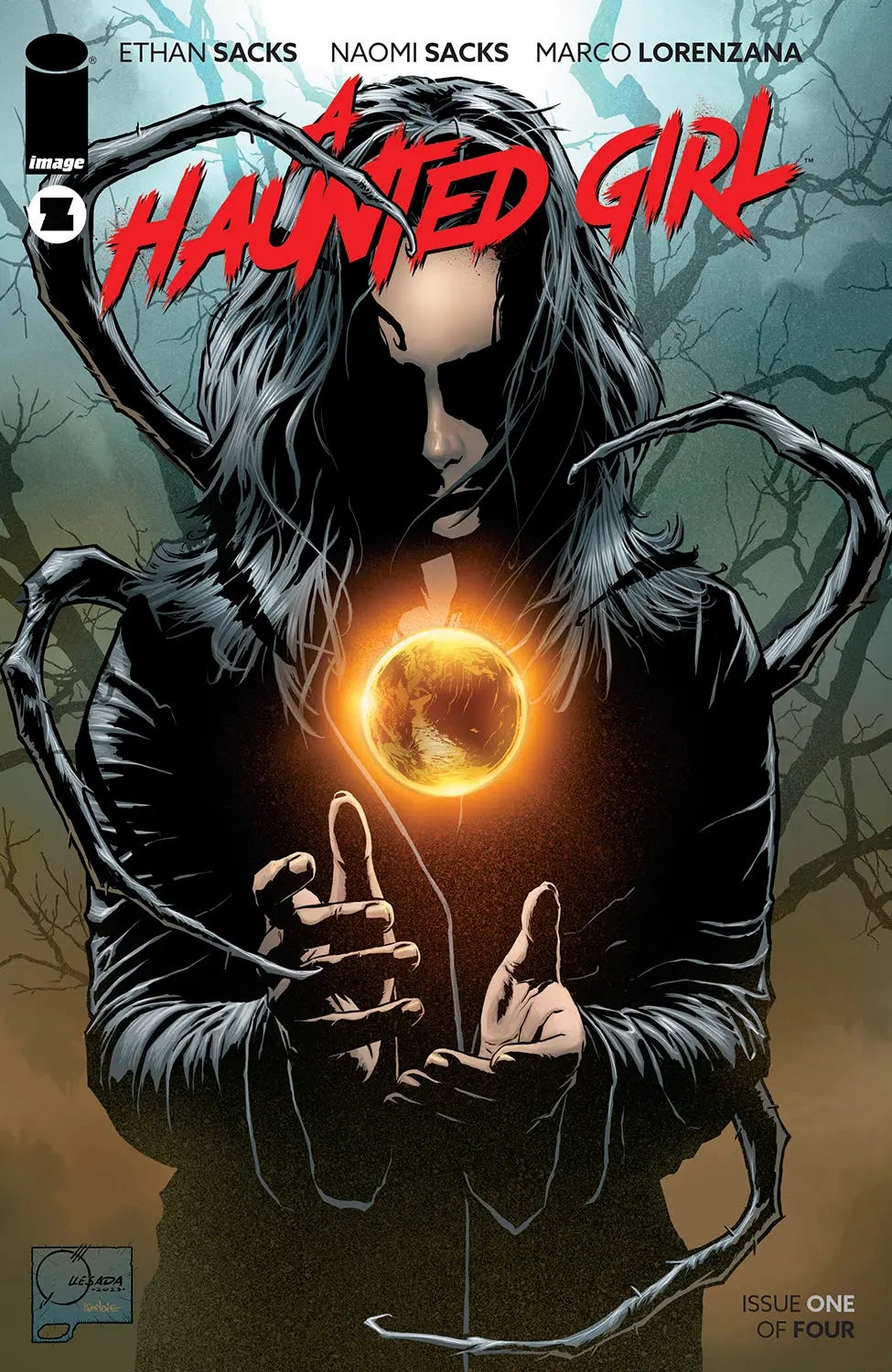
Cleo, an adopted 16-year-old Japanese-American whose depression drove her to near-suicide, is trying unsuccessfully to reintegrate back into her old life. But her struggles are just beginning as she encounters an increasingly terrifying succession of ghosts. Is she losing her grip on reality…or is the explanation much worse?
A Haunted Girl arrives 11th October from Image Comics. Final pre-order cutoff (FOC) is this Sunday, 17th September so talk to your comic store today to make sure issue one is on your pull list! This is one ride you won’t want to miss!

